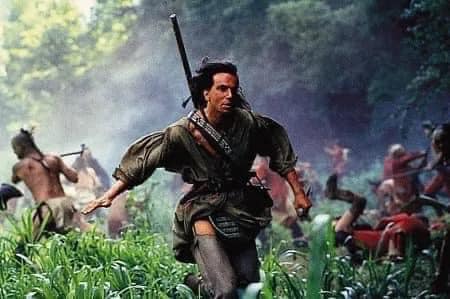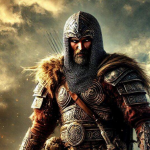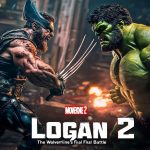The Last of the Mohicans: A Cinematic Masterpiece
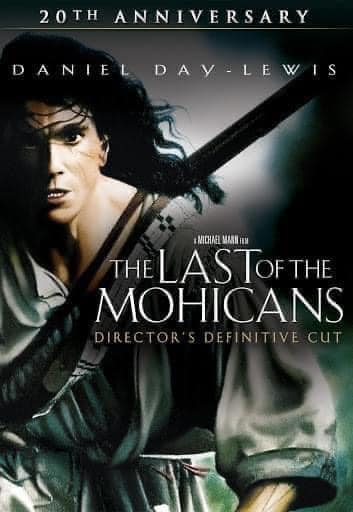
“The Last of the Mohicans,” directed by Michael Mann and released in 1992, stands as a visually stunning and emotionally resonant film set against the backdrop of the French and Indian War. Based on James Fenimore Cooper’s classic novel, the movie intricately weaves romance, adventure, and historical drama into a captivating narrative that continues to captivate audiences decades after its release.
At the heart of the film is Daniel Day-Lewis’s portrayal of Hawkeye, a rugged frontiersman raised by Native Americans. Day-Lewis delivers a compelling performance, embodying Hawkeye’s complex blend of fierce independence and deep loyalty. His chemistry with Madeleine Stowe, who plays Cora Munro, adds significant depth to the romantic subplot, making their relationship one of the film’s emotional anchors. The supporting cast, including Russell Means as Chingachgook and Wes Studi as the formidable Magua, enhances the story’s authenticity and emotional impact, providing rich, multifaceted characters that elevate the film.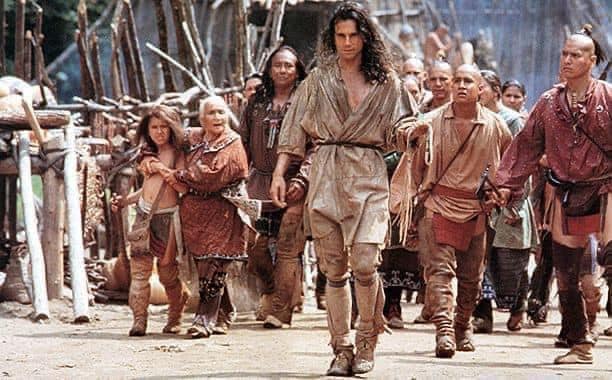
Visually, “The Last of the Mohicans” is nothing short of breathtaking. The sweeping cinematography captures the majestic beauty of the American frontier, from lush forests to roaring waterfalls. Each frame is meticulously crafted, drawing viewers into the wilderness and the period’s brutal realities. The film’s action sequences are both intense and meticulously choreographed, providing a visceral experience that leaves a lasting impression.
The musical score, composed by Trevor Jones and Randy Edelman, is another standout aspect of the film. Blending haunting melodies with stirring orchestral compositions, the score perfectly complements the film’s emotional and narrative arcs. The music elevates key scenes, from epic battles to intimate moments, enhancing the overall cinematic experience.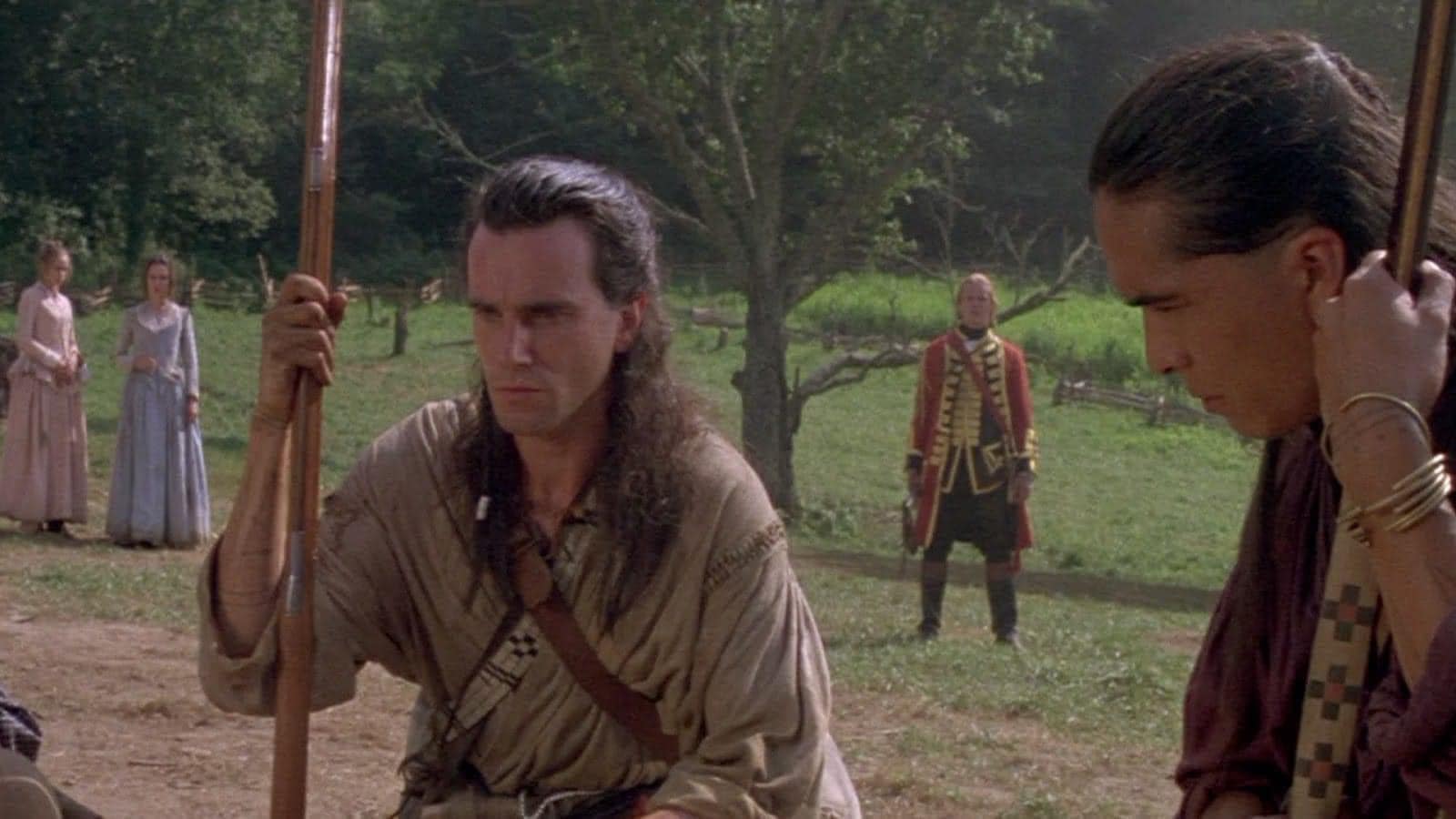
Michael Mann’s direction ensures a careful balance between the film’s epic scope and its intimate character moments. His attention to detail and commitment to historical authenticity are evident throughout the film, from the accurate portrayal of period costumes and weaponry to the depiction of complex historical events. Mann’s vision brings the past to life in a way that is both engaging and educational, immersing viewers in the grandeur and tragedy of a bygone era.
“The Last of the Mohicans” is celebrated not only for its historical authenticity and captivating performances but also for its ability to evoke deep emotional responses. The film’s exploration of themes such as love, loyalty, and survival resonates with audiences, making it a timeless classic. It stands as a testament to the power of cinema to transport viewers to different times and places, offering a poignant reflection on the human condition amidst the backdrop of historical events.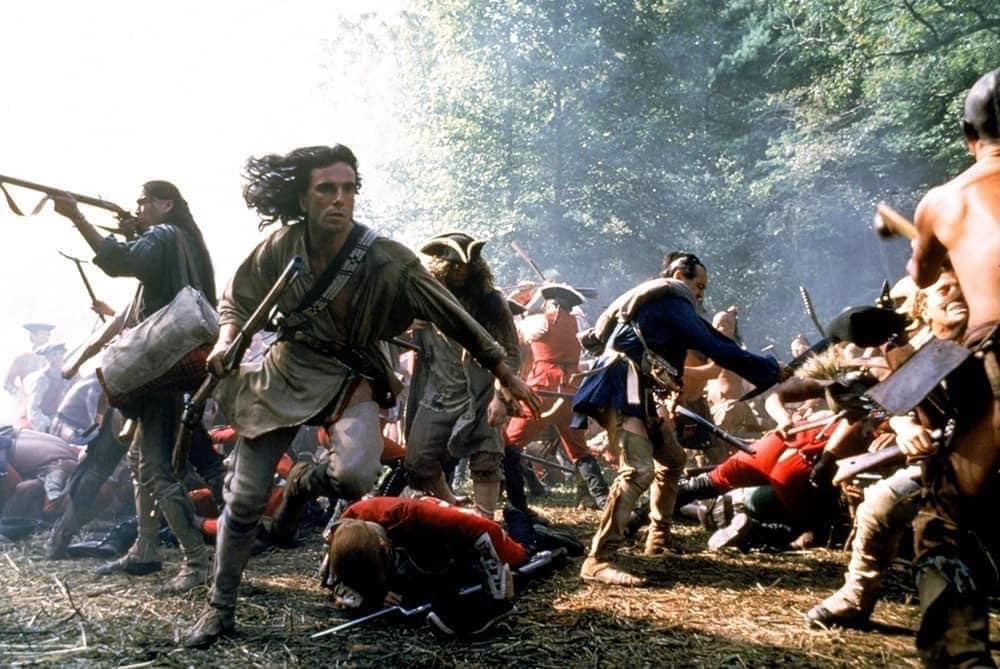
In conclusion, “The Last of the Mohicans” is a masterful blend of romance, adventure, and historical drama. Its breathtaking visuals, compelling performances, and powerful musical score combine to create a rich and immersive narrative. The film remains a beloved classic, celebrated for its ability to capture both the grandeur and the tragedy of the American frontier. Whether you are a fan of historical dramas or simply appreciate great filmmaking, “The Last of the Mohicans” is a must-see.